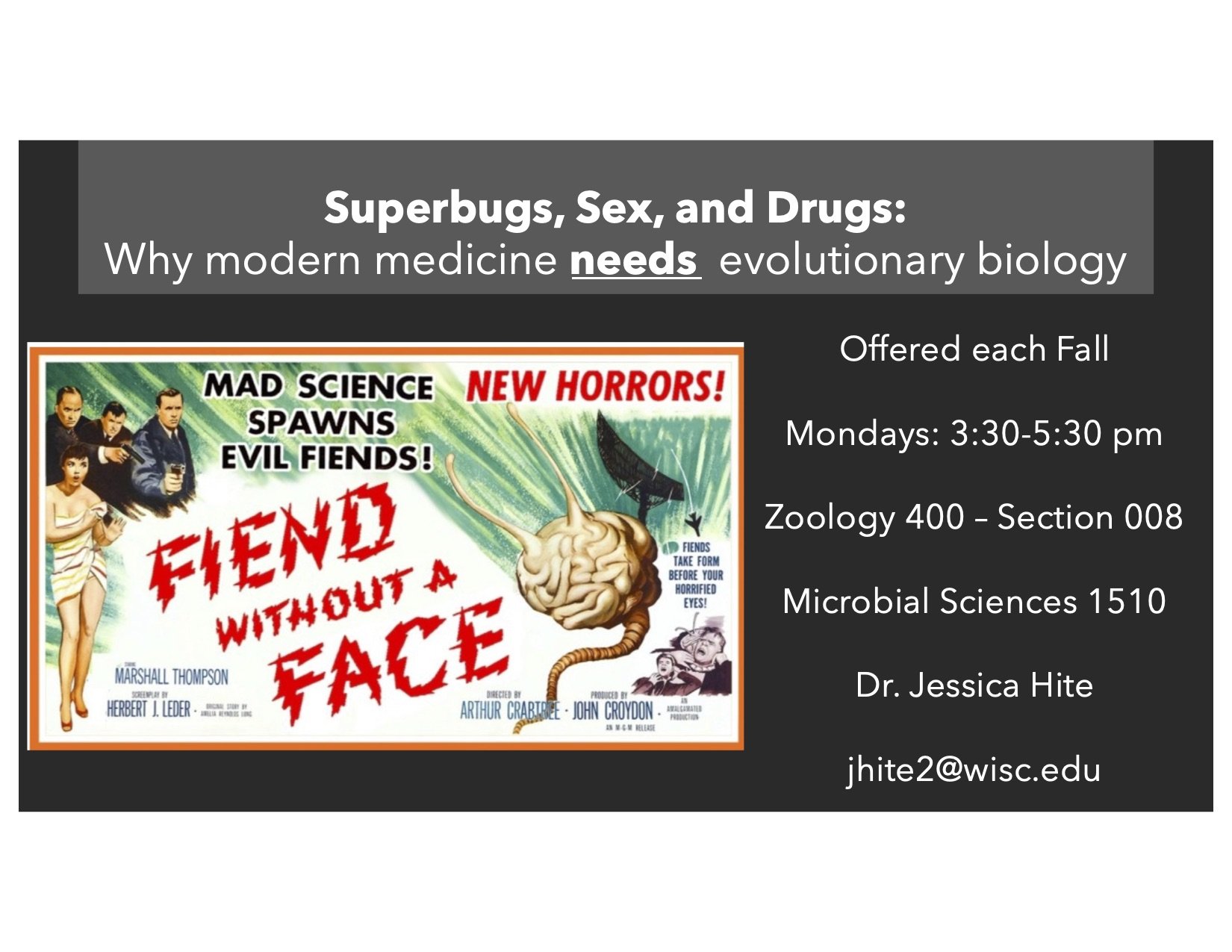Cultivating learning communities
My teaching philosophy is based on the premise that teaching and learning are not separate acts, carried out by separate actors. Everyone in the classroom, including the instructor, is engaged as teacher, learner, and thinker. My goal as a teacher and mentor is to help students learn to really see and appreciate the vast complexity, dynamical, and interconnectedness in the world around them. Learning-specific course content and particular skills are, of course, crucial elements to any educational endeavor but not as important as the ability to think critically: to ask thoughtful questions, identify and inventory facts to address those questions, have the skills to weigh competing lines of evidence, to research and hypothesize possible and probable impacts or implications of those facts, to make informed and constructive feedback recommendations as a result of that process.
Big picture goals
I connect lessons in the classroom to real-world current issues to help simplify abstract ideas and make them more tangible and applicable for students.
In both the classroom and the lab, I strive to cultivate a supportive, engaging, and interactive learning community where students not only become comfortable asking questions but we also help each other discover answers and ways to address challenging questions.
I am particularly excited to learn and implement next-generation approaches to teaching biology.
NSF’s ARISE program and working with UNL’s Center for Transformative Teaching and Innovative Design was an essential milestone for me. I can not recommend this program enough!
Engaging the broader community & general public
Outreach is an essential component that strongly informs my approach to teaching and research (and vice versa).
Since 2014, I have been working with the local Audubon Chapter (Sassafras Audubon Society) where I developed and led a conservation and outreach program 'Swifts in the City' — a collaborative project focused on improving the plight of the chimney swift (a "near-threatened" bird species).
Why? Chimney swift ('the dolphins of the sky') populations appear to be declining quite drastically (i.e., IUCN “near threatened” in the US, COSEWIC “federally threatened” in Canada). While the causes of these declines are multifaceted, a major issue is the loss of breeding habitat (old hollow tree snags, and industrial and residential chimneys).
Art + Science (STEAM)
Through collaborations involving numerous community partners (e.g., local and national Audubon Chapters, community artists, schools, WonderLab museum of science, health, and technology, and numerous funding agencies), we designed, built, and installed eight new breeding habitats "functional sculptures" that mimic freestanding chimneys and provide additional breeding and roosting habitat for this endangered bird.
We also led numerous outreach projects to increase awareness and appreciation of this amazing bird and their role in the global food web by combining art and science.
Please visit my outreach page: swifts in the city
Also, I was recently invited to collaborate with Katie Rutter of the Grotto Network and Notre Dame University to make a video synopsis of the project and raise awareness of the plight of the Chimney Swift. You can view the video here !
Classes Offered Here at UW Madison:
PBS 930 Seminar (Take your science communication to the next level!)
Superbugs, Sex, and Drugs: Why modern medicine needs evolutionary biology (aka Evolutionary Medicine).
Zoology 400: Offered Each Fall Semester
Explore the new frontier of evolutionary and ecological solutions to public health challenges through analyses and discussions. Why this class? Evolution is often viewed as a purely historical topic disconnected from modern practical concerns. This view is incomplete; evolution plays a key role in many areas of modern life and underlies many public health challenges like drug resistance in bacteria and cancer, vaccine development, circadian medicine, and the ‘spill-over’ of pathogens from wildlife to humans (and vice versa). These issues, however, are intricately connected to social drivers like the use of antibiotics to treat viruses or as growth promoters in livestock. More evolutionary-guided solutions to understanding and addressing these challenges are critical for a sustainable and healthy future.





